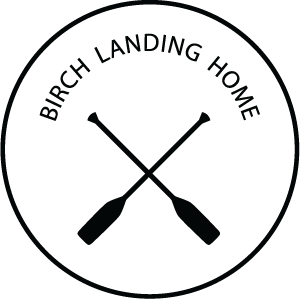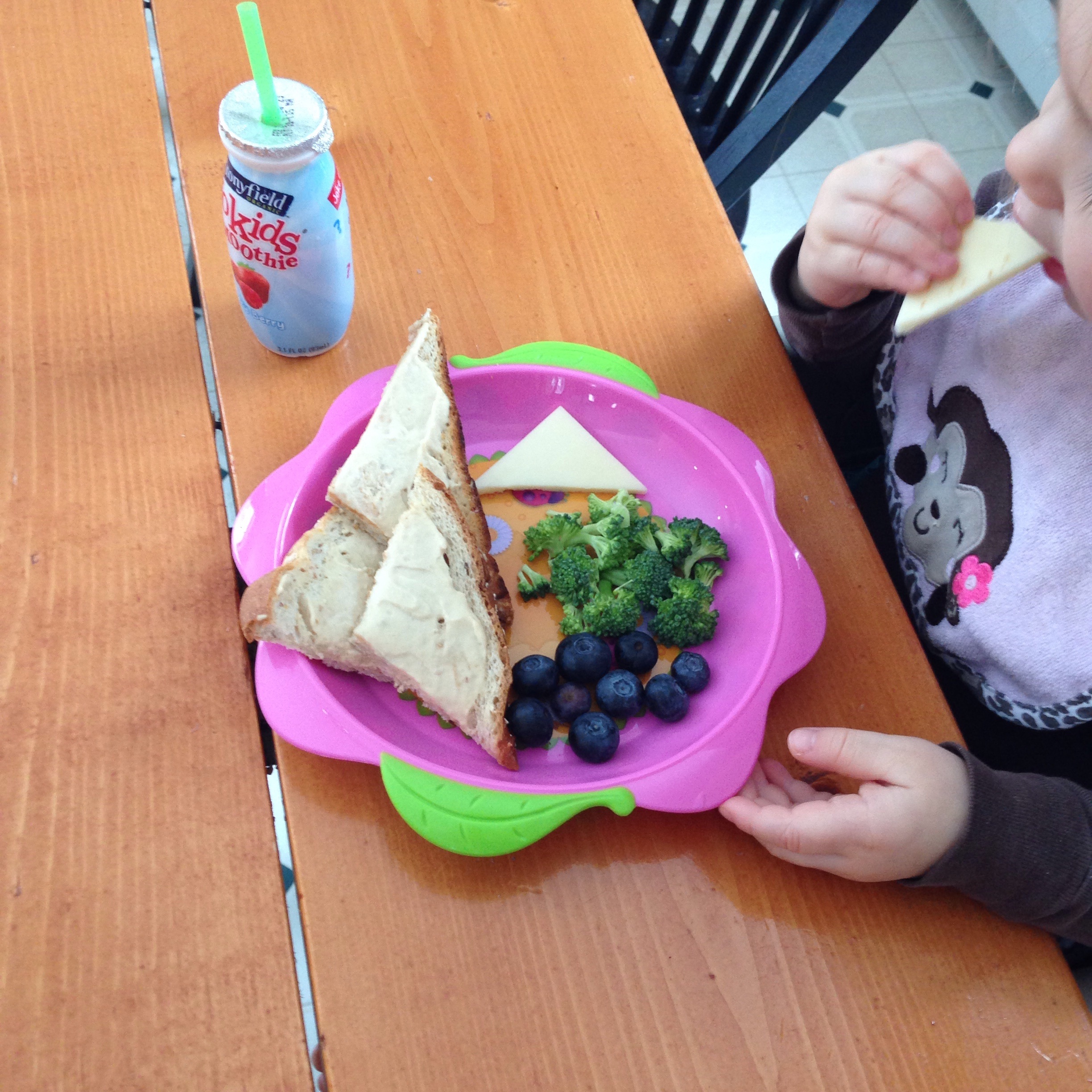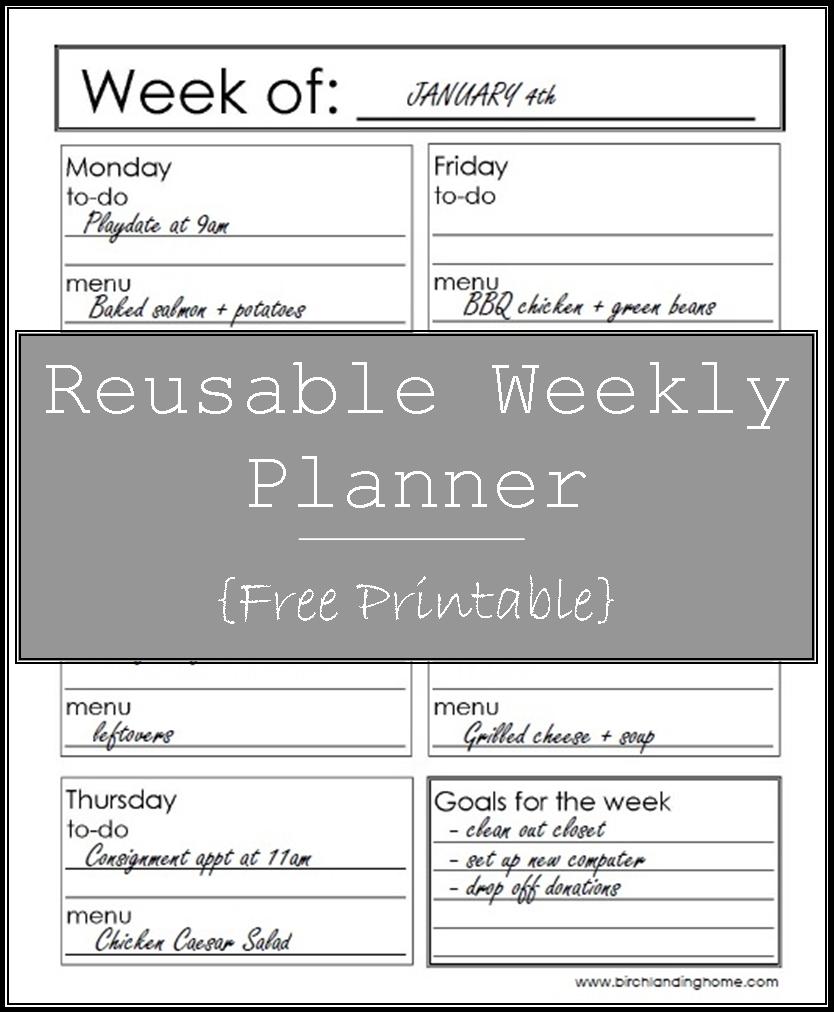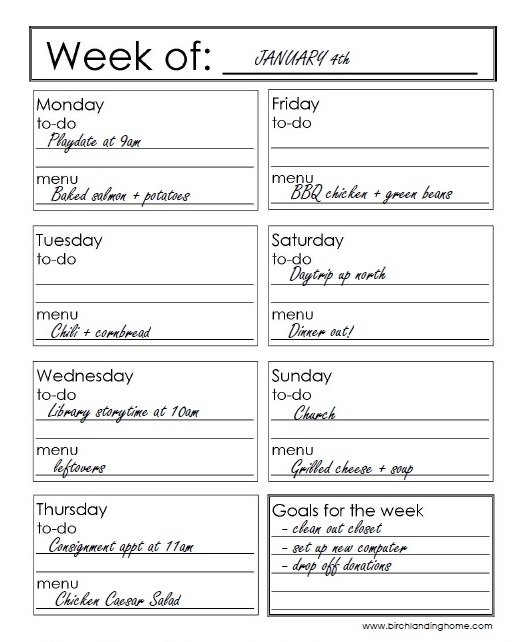How we Make it Work on One Income: Becoming a Stay-at-Home Mom
When we started growing our family, our original plan was to have me go back to work part-time but once I started maternity leave, I realized I just couldn't go back... breastfeeding was a HUGE challenge for me in the beginning and I didn't want to jeopardize it. We also quickly realized it wouldn't be as practical as we first thought for my husband to shift his schedule around to watch the baby. Daycare did not make sense financially for us and we had personal reservations of letting someone else raise our baby all day. So after a lot of discussion we made the tough decision to have me stay home full time, which was a definitely a wake up call. | This post contains affiliate links |
How we Make it Work on a Single Income
Now I certainly wasn't making the big bucks at my job, but suddenly loosing that income and adding a dependent definitely strained our budget - hard. For a little background, my husband is self-employed which means that we essentially have to pay for everything 100% out of pocket ourselves - health insurance, retirement, life insurance, etc. - there is no paid time off or sick days and no "benefit perks" that come with his job. No Christmas bonus to look forward to every year either. We also have a mortgage and are still paying off college loans - over all it becomes a lot of expenses once you add everything up. In order to make this work we had to cut back a lot, but it's worth it to be able to stay home with our little one.
Here's what we did to make it work:
BUDGET
I can’t say how important it is to have a budget and know where all your money is going. By seeing what all your bills are and how much money you have it will help you efficiently allocate your paycheck and plan for the future. {Please read my blog post on Creating and Maintaining a Monthly Budget if you’d like more information on how to create budget as well as download a Free Excel Budgeting Spreadsheet.}
Called Around to Lower Bills
Make a list of all your utilities, car insurance, home owners insurance, phone plan, etc. Call around to each one and ask if there's anything they can do to lower your bill. Often if you've been a customer for a while and your rates haven't been adjusted in a few years, they will be able to give you a bit of a discount.
If they can't give you a discount on what you have, re-evaluate your current plan. There might be something unnecessary in your plan you can drop to save some money on your bill or consider switching to another provider for cheaper service/coverage.
Cut Cable, Limit TV Streaming Services
Cable TV is expensive - SO expensive. Ditch that bill and you can easily save $100+/month. Subscribing to multiple TV streaming services (Netflix, Hulu, HBO Now, Amazon Prime, etc) also adds up fast. We originally subscribed to several services but now just use Amazon Prime since we pay for that subscription anyways for it's shipping perks.
One Vehicle
Having just one car won't work for every family but we decided it was something we could make happen. With my husband working from home already, we really only "needed" a single car for errands and school drop-off... sometimes there are conflicts when we both need to be somewhere different at the same time, but we've learned to plan ahead for these conflicts and carpool or rearrange a schedule to accommodate each other.
By having one car that means just one car payment, one insurance bill, and one set of carseats to purchase.
Save on Health Insurance and Medical Bills
Ha. I'll use the term "save" loosely here. Health insurance and out of pocket medical costs are sooooo expensive these days and sadly there's not much you can do if the plans available to you are limited and you don't qualify for reduced premiums (both of these situations apply to us). But there are some small tips we've found over the years to help save a little on our health-related bills - these include using your credit card rewards to your advantage, shopping around for care, and asking for prompt payment discounts.
{How to Save on Health Insurance and Medical Bills is a separate blog post that goes into more detail on all the ways we save on health bills if you would like to read more.}
No More Date Nights/Takeout
Before kids, we had date nights a lot - going out to eat, to the movies, etc. But all that spending sure adds up fast. Once I became a stay-at-home mom, date nights were limited to special occasions only and takeout nights have become few and far between.
No More Personal Shopping
What do I mean no more personal shopping? I mean no more shopping for "fun stuff" for ourselves just because we want to. Gone are the days when we could spend all day wandering around the outlets picking up whatever we liked. Now when we buy clothes it's justified: it's because we actually need a new pair of sneakers or because we have a wedding to attend - no more "just because" shopping. These days we do a lot of consignment selling and shopping, especially for baby/kid's clothes - that way we're never really spending, just "trading up" for what we want or need.
We also don't buy books or movies anymore, we borrow them from the library instead.
Saving on Groceries and Meal Planning
The big weekly bill you have the most control over? Your grocery bill. Groceries are expensive but there are lots of tricks to save that can really add up. Meal planning is probably the biggest one - by planning out your meals for the week ahead you'll waste less and use more wisely. You can also clip coupons and use couponing apps to save even more.
{Saving Money on Groceries is a more detailed post on how we save on groceries using these tips and more if you would like to read more on it.}
That Nap Time Hustle
Even though stay-at-home mom is my #1 job these days, finding something for me to do to generate some kind of income from home was important - which is how Birch Landing Home was born! I started this little blog and Etsy Shop as a way to make a little extra money during nap time. Birch Landing Home certainly isn't huge (yet), but it's an enjoyable outlet for me to work towards growing more. If you have any kind of hobby you can make some side money with, definitely go for it! Just make sure to keep good records because you need to declare this income on your taxes.
Pay Yourself Every Month, No Matter What
This is something my Dad instilled on us from the first day we got after-school jobs. Every month put some money in a separate emergency savings account that you don't touch. Ideally you budget this deposit into your monthly expenses so you know you are definitely putting $X-amount-of-dollars away each month. However even if you can't commit to a definite amount every month you still should put something - anything - in that savings account each and every month (my Dad said so, haha).
My Extremely Hardworking Husband
It goes without saying, but all this wouldn't be possible without my extremely hardworking husband of course. He puts in long hours every day and weekends too to make sure everything keeps rolling. There's no way we could make this work without his dedication and resourcefulness.
What we Should Have Done Differently
We made good headway from the beginning cutting expenses but we should have started A LOT sooner. How soon? Well as soon as we started trying to have a baby! In hindsight, we really should have drastically cut all expenses way before we ever got pregnant and put my whole paycheck away into our emergency savings (or at least 60% of it since I was originally planning to go back part time). Then we would have spent all those months really trialling and perfecting the single-income lifestyle to see what was working while creating a substantial safety cushion.
To anyone who is considering going from two incomes to one after baby it definitely can be doable but I would recommend evaluating all your expenses early and saving as much as possible - that way, it will be a lot less scary of a leap into stay-at-home-motherhood. Good luck and enjoy the journey!
Thank you to my friend Michayla for inspiring me to finally write this post!
Please note: These tips relate to what we've learned in our own experience, but please do your own research for the best information regarding your own situation. Use the information in this post at your own discretion and risk.
KEEP UP WITH BIRCH LANDING HOME
| Etsy | Facebook | Instagram | Pinterest | Bloglovin' | Hometalk |













